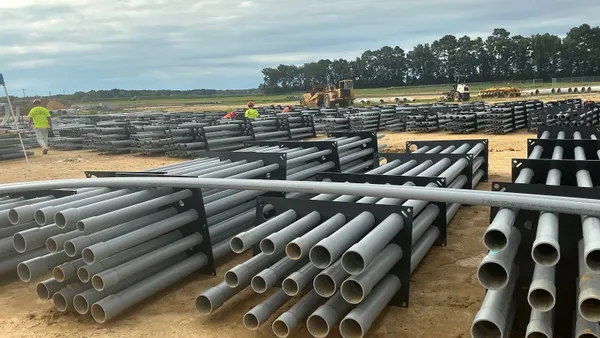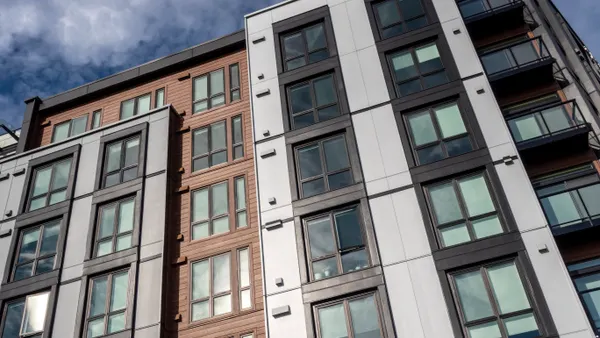The housing market has been slowly climbing out of the Great Recession, and it still has a long way to go before reaching what are considered normal production levels. This month, a new trend started to emerge in the residential reports released throughout August. And according to experts, that trend mirrors exactly where the market should be.
Sales figures are following the traditional housing cycle pattern
Reports released in July were all positive with the exception of existing home sales, which dipped 3.2%. Builder confidence rose two points and housing starts increased 2.1%. Most notably, new home sales soared 12.4%.
Traditionally in the early stages of a housing cycle, existing home sales dominate the largest portion of the recovery, according to Tom Rhodes, CEO of Sente Mortgage. "Existing home sales have been carrying the burden of the economic recovery for many years, and new construction is starting to assume its fair share of the marketplace," he said.
Now that the available inventory on the market has been drained, new home construction has an opening to claim a larger share of buyers. "We’re now seeing a divergence in the sales of new and existing homes, as more construction activity is driving the number of new home sales up while existing home sales are constrained by limited supply," Realtor.com Chief Economist Jonathan Smoke said.
Rhodes added that despite some concerns over the leveling out of existing home sales, the residential industry is on its natural path. "This is very much the natural state of things," he said. "It’s been a long time since we’ve been in this place because of the market disruption of the Great Recession."
Constraints are on the supply side, not demand
The biggest obstacles hindering new home construction aren't on the demand side, as buyers have exhibited a strong interest in new properties and have reported difficulty finding available properties.
Instead, the most significant challenges continue to lie on the supply side, where builders are struggling with shortages of lots, labor and lending, according to National Association of Home Builders Chief Economist Robert Dietz. "You need all three to increase. It’s not something that can turn on a dime. There is more inventory and more single-family coming, and we’re doing that in a positive environment," he said.
In nearly every report from the National Association of Realtors, the group has called on homebuilders to ramp up construction to help meet booming demand. However, builders counter that rising regulatory costs — which the NAHB reported can add nearly 25% to a home's price — as well as the labor, lots and lending concerns, are keeping them from increasing construction.
"It just takes a lot of time. If you think about the cycle, that recession killed every part of construction," Rhodes said. "The reality is in this cycle, we had to know there was a real recovery happening. Everyone was a lot more gunshy."
Inventory and affordability concerns will likely continue, but start to ease
Both Dietz and Rhodes said they expect builders to continue ramping up new construction, therefore helping the environment of tight inventory. They also predicted an influx in new properties at lower price points, as building has been skewed toward the luxury end of the market after the crash.
However, that kind of substantial change will take time. "There’s a lag. Builders are moving down the price point, but we’re not going to see it next month," Rhodes said.
In the current climate of tight inventory, home prices have soared — pricing a significant portion of potential buyers out of the market. Now that builders are starting to feel more comfortable adding properties with lower price points, concerns over affordability should start to ease. However, that broadening of inventory will be a slow rollout, as prices still have room to grow, according to Rhodes.
"It speaks to the natural cycle of real estate. Prices rise, but there are many years of prices rising before markets settle out, and we haven’t had enough of those years," he said. "There’s tremendous desire and good jobs. All those things will fuel good housing, maybe not crazy housing, but good housing."













